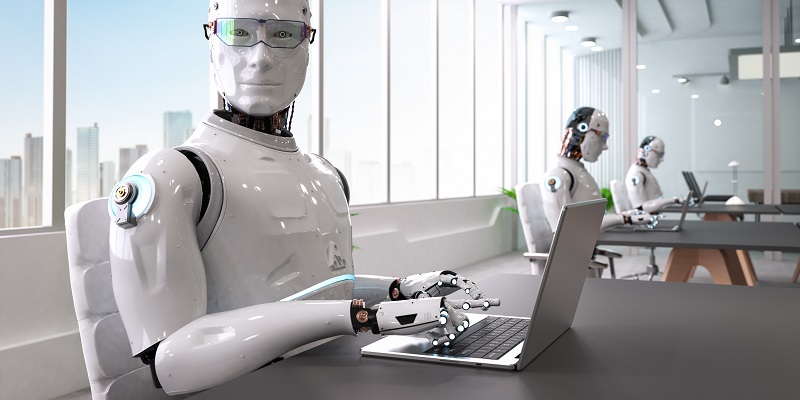Artificial Intelligence (AI) is rapidly advancing, and as its capabilities continue to grow, it is becoming apparent that there are significant risks associated with this technology. In fact, some of the world’s leading voices in AI have voiced their concern about the potential for AI to pose an existential threat to humanity. To mitigate these risks, there has been a growing call for the global regulation of AI technology. But what are the specific risks, and can we find solutions to mitigate them?
In this article, we will examine the growing debate surrounding AI, the specific risks that have been identified, and explore potential solutions to mitigate these risks. The stakes are high; the future of humanity hangs in the balance.
The Growing Concerns of AI Industry
The AI industry has been voicing concerns about AI technology over the last few months, warning that existential threats could manifest in the next decade or two unless AI is strictly regulated on a global scale. They argue that without proper regulation, AI could pose a significant threat to future generations.
The concerns raised by the Center for AI Safety
The Center for AI Safety warns that the risks associated with AI are not limited to extinction. They highlight additional concerns that include the enfeeblement of human thinking and the threat of AI-generated misinformation undermining societal decision-making.
The speculative nature of “P(doom)”
Throughout the AI community, the term “P(doom)” has become commonplace to describe the probability of AI leading to doom. However, it is crucial to keep in mind that this term is purely speculative and subjective and not a definitive measure of risk.
Skepticism towards Doomsday thinking
Melanie Mitchell, a computer scientist at the Santa Fe Institute, is skeptical about doomsday thinking around AI. She believes that the current debate has been largely placed in the context of science fiction, rather than scientific reality. In her view, the risk presented by AI is more subtle, requiring targeted responses.
“P(solution)”
To balance the debate, it is essential to consider the potential for AI to mitigate risks. Thus, we should also consider “P(solution)” or the probability that AI can play a role in addressing these risks.
The problem of alignment
The primary concern among many who fear the dangers of AI is “the problem of alignment.” This problem arises when the objectives of superintelligent AI are not aligned with human values or societal objectives. Therefore, ensuring the alignment of AI objectives with human values and societal objectives is crucial in mitigating these risks.
The lack of consensus
With opposing views among experts, there is no clear consensus on the future of AI. However, as the Center for AI Safety has reminded us, the stakes are nothing less than the future of humanity itself.
The potential dangers of AI are becoming increasingly evident, and it is vital to mitigate the risks. As we have seen, while the risks of AI are concerning, the potential for AI to provide solutions to these risks should also be considered. Regulation and effective governance of AI technology are necessary to ensure that its potential to benefit society is realized while mitigating the associated risks. In short, it is essential to adopt a balanced and realistic approach to the development and deployment of AI, taking into account the potential benefits as well as the risks, to minimize the third existential threat to humanity.

